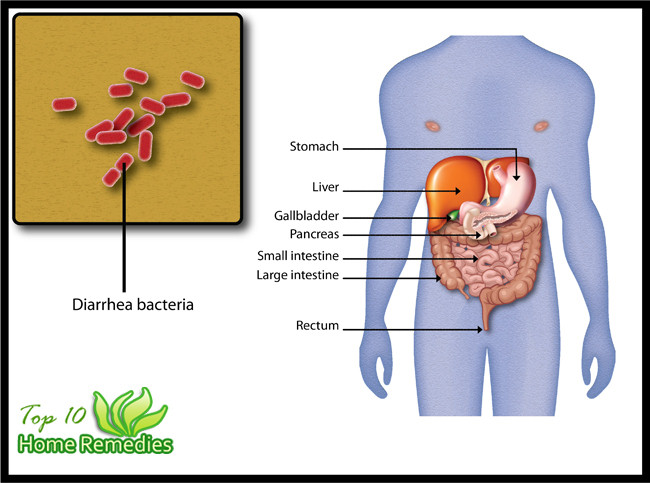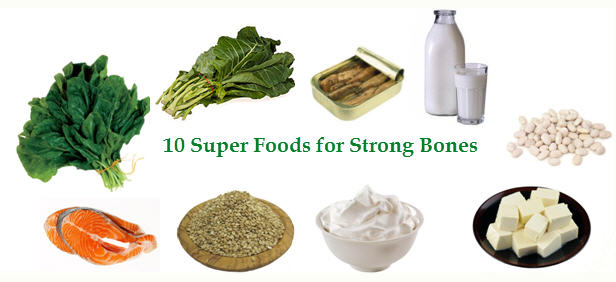
For a
long time, we thought avocadoes were good for nothing but ready-made
guac and a decent California burger every now and then. But these little
nutritional hand grenades were having an explosive impact on our diets
for all that time. How so? They’re infused with a key nutrient for
maintaining healthy weight: fat.
Wait…fat can help us maintain our weight? Fat doesn’t make us fat? In a word: exactly.
Fat
is not something to avoid. For starters, it’s essential for normal
growth and development. Dietary fat also provides energy, protects our
organs, maintains cell membranes, and helps the body absorb and process
nutrients. Even better, it helps the body burn fat, says nutritionist
and owner of Nutritious Life meal system, Keri Glassman, RD, who
recommends that about a third of any weight-loss plan’s calories come
from dietary fat.
Before you grab a deep-fried hot dog, consider
this: not all fatty foods are created equal. The foods you choose can
mean the difference between a trim body and one plagued with obesity and
disease, Glassman says. While a diet of stereotypically fatty foods
like pizza, French fries, and hamburgers can contribute to weight gain
and deterioration of health, the dietetic community is learning that the
overall nutritional content of these foods—not their saturated fat—is
what’s to blame. Sure, research from 50 years ago found that saturated
fatty acids, a type of fat that’s “saturated” with hydrogen and
typically solid at room temperature, raised LDL (bad) cholesterol
levels.
But a reevaluation of that research has shown that they
raise HDL (good) cholesterol just as much, if not more, protecting the
body from unhealthy cholesterol levels and heart disease, says
nutritionist and national spokesperson for the American Dietetic
Association Tara Gidus, RD. “Instead of making any one thing in the diet
a villain, we need to look at total caloric content as well as quality
of food, what are we eating that is ‘good’ and helping our body’s immune
system and cells to stay healthy.”
Most of the fat that you
eat—especially if you want to lose weight—should come from unsaturated
sources, both monounsaturated (MUFA) and polyunsaturated (PUFA),
Glassman says. Why? These good-for-you foods (like fish, seeds, nuts,
leafy vegetables, olive oil, and, of course, avocadoes) pack tons of
nutrients. Besides removing LDL cholesterol from arteries and promoting a
healthier heart, unsaturated fat can help you burn fat big time without
cutting calories. A 2009 study in the British Journal of Nutrition,
found that participants who consumed the most unsaturated fatty acids
have lower body mass indexes and less abdominal fat than those who
consumed the least. Why? The unsaturated folks ate higher-quality foods.
Not long ago, the low-fat/no-fat diet craze swept across the
food landscape. Manufacturers marketed low-fat and no-fat everything,
and consumers responded by chowing down. It’s healthy, right? Wrong. All
wrong. Besides stripping our bodies of a much-needed nutrient, low- and
no-fat diet movements have increased obesity rates. Why? It turns out
that fat provides a big component to the foods we love: Taste. When food
manufacturers removed fat from their foods, they had to load the foods
with sugar and salt, which are nutrient-free, to increase flavor. For
example, the second most prevalent ingredient Kraft Fat-Free Catalina
salad dressing, for instance, is high fructose corn syrup, packing 7g of
sugar per serving. And just one ounce of the saucy stuff packs 350mg of
sodium—that’s 15% of your recommended daily value—and who eats just one
“serving,” anyway?
And that’s just the start. Here are other crucial ways fat can help you slim down:
“Instead of making any one thing in the diet a
villain, we need to look at total caloric content as well as quality of
food, what are we eating that is ‘good’ and helping our body’s immune
system and cells to stay healthy"
Tara Gidus, RD and national spokesperson for the American Dietetic Association
The body needs three macronutrients for energy: Carbohydrates,
protein, and fat. A gram of fat packs more than twice the energy of a
gram of the other two. “When you don’t have any fat in your diet its
like you don’t have fuel to burn calories,” Glassman says. The body
requires energy to keep its metabolism properly functioning, and a 2007
study published in the American Journal of Clinical Nutrition found that
consuming fatty acids can boost metabolic health.
What’s more, “old” fat stored in the body’s
peripheral tissues—around the belly, thighs, or butt (also called
subcutaneous fat)—can’t be burned efficiently without “new” fat to help
the process, according to researchers at Washington University School of
Medicine in St. Louis. Dietary fat helps break down existing fat by
activating PPAR-alpha and fat-burning pathways through the liver.
Think of mealtime like baseball spring training:
young, hungry players (new fat) hit the field and show the general
manger (the liver) that it’s time to send the old, worn-out players
(subcutaneous fat) home. And away they go.
Fat isn’t the easiest nutrient to digest, so it sticks around
in the digestive system for more time than many other nutrients. MUFAs
may also help stabilize blood sugar levels, according to Mayo Clinic.
That means you feel full longer, and you won’t feel the stomach-growling
urge to raid the refrigerator after mealtime.
In fact, diets with high amounts of omega-3 fatty
acids, a type of MUFA that the body can only acquire through food,
create a greater sense of fullness both immediately following and two
hours after dinner than do meals with low levels of the fatty acids,
according to a 2008 study from University of Navarra in Pamplona, Spain.
It’s no surprise that dieters who consume moderate levels of fat are
more likely to stick with their eating plans than dieters who consume
low levels of fat.
The result? More weight lost.
Everyone says that dieting, not to put too fine a point on it,
stinks. Eating yummy foods makes you happy, and it turns out low-fat
versions just don’t do the trick for one surprising reason: We can taste
the fat—not just the salt, sugar, and other goodies in food.
Recent research from Purdue University shows that
our taste buds can detect fat in food, which helps explain why low-fat
foods don’t curb our fat cravings. According to the research, fat may be
an entirely different basic taste than what we’ve long considered the
four mainstays: sweet, salty, sour, and bitter. On an even happier fat
note, omega-3 fatty acids can boost serotonin levels in the brain,
helping to improve mood, increase motivation, and keep you from
devouring a large pizza like it’s your job. 3.5% of women and 2% of men
have suffered from diagnosed binge-eating disorders, while millions more
people are occasional emotional eaters, according to the National
Institutes of Mental Health.
“Eating good fats along with an effective exercise program can
increase muscle,” says trainer and owner of Results Fitness, Rachel
Cosgrove, CSCS, who notes that increasing muscle mass is vital to
increasing metabolism and burning calories both in and out of the gym.
In a 2011 study published in Clinical Science, researchers examined the
effects of eight weeks of PUFA supplementation in adults ages 25 to 45
and found that the fat increases protein concentration and the size of
muscular cells in the body. Previous studies have found that omega-3
fatty acids stimulate muscle protein synthesis in older adults and can
mediate muscle mass loss due to aging.
Many nutrients including vitamins A, D, E, and K are
fat-soluble, meaning that the body can’t absorb them without fat. If
your body isn’t absorbing nutrients properly, that can lead to vitamin
deficiencies and bring on dry skin, blindness, brittle bones, muscle
pains, and abnormal blood clotting, according to Gidus.
These vitamins are also key to maintaining energy,
focus, and muscle health, all of which contribute to a healthy weight.
Vitamin E, for example is a powerful antioxidant and helps maintain your
metabolism, while the body’s levels of vitamin D predicts its ability
to lose fat, especially in the abdominal region, according to a clinical
trial from the University of Minnesota Medical School. So while you can
pile your salad high with nutrient-rich spinach, tomatoes, and carrots,
you really need to thank the olive oil for sending the salad’s vitamins
your way.







